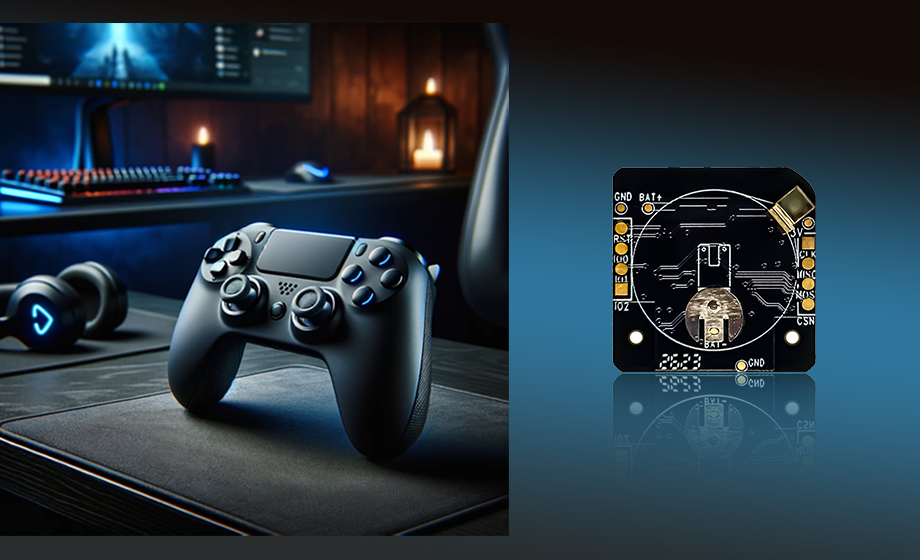I. Introduction
With the continuous development of science and technology, positioning technology has become an indispensable part of people's lives. From mobile phone navigation services to smart wearable devices, location technology is changing the way we live. Among many positioning technologies, UWB positioning technology has gradually become the focus of research for its advantages of high precision, low power consumption and anti-interference. The emergence of high-precision ultra-wideband chip positioning technology has promoted the further development of ultra-wideband positioning technology.

Second, high-precision ultra-wideband chip positioning technology analysis
Ultra-wideband positioning technology is a positioning technology based on radio signals. By measuring signal transmission time or signal strength, the position of the target object can be calculated. The high precision ultra-wideband chip positioning technology is improved on the basis of the traditional ultra-wideband positioning technology to improve the positioning accuracy and stability.
Technical principle
The principle of high precision ultra-wideband chip positioning technology is mainly based on signal transmission time measurement. By accurately measuring the signal transmission time, the position of the target object can be calculated. In order to achieve high precision positioning, it is necessary to adopt high precision time measurement technology and signal processing algorithm.
Technical characteristics
Compared with traditional positioning technology, high-precision ultra-wideband chip positioning technology has the following advantages:
High precision: Using high-precision time measurement technology and signal processing algorithms, centimeter-level or even millimeter-level positioning accuracy can be achieved.
Low power consumption: Because the bandwidth of the ultra-wideband signal is very wide and the signal transmission time is very short, the power consumption is low, and it is suitable for the application scenario of long working time.
Anti-interference: The ultra-wideband signal has a high transmission rate and a wide bandwidth, so it has a strong anti-interference ability.
Third, the application field of ultra-wideband positioning chips
Ultra-wideband positioning chips have been widely used in various fields because of their advantages of high precision, low power consumption and anti-interference.
Intelligent transportation
In the field of intelligent transportation, ultra-wideband positioning chips can be used for accurate vehicle navigation, intelligent parking and other fields. Through high-precision positioning, the position information of the vehicle can be obtained in real time, so as to achieve accurate navigation and intelligent parking.
Internet of Things and smart home
In the field of Internet of Things and smart home, ultra-wideband positioning chips can be used for remote control of smart home appliances, home security monitoring and other fields. Through high-precision positioning, the location information of smart home appliances can be obtained in real time, so as to achieve remote control and other functions. At the same time, it can also be used for home security monitoring to monitor the location information of family members in real time.
Industrial automation
In the field of industrial automation, ultra-wideband positioning chips can be used for accurate robot navigation, automated assembly lines and other fields. Through high-precision positioning, the position information of the robot can be obtained in real time, so as to achieve accurate navigation and other functions. At the same time, it can also be used for automated assembly lines to monitor the location information of production lines in real time.
4. Challenges and prospects of high-precision ultra-wideband chip positioning
Although high precision ultra-wideband chip positioning technology has many advantages, it also faces some challenges and problems. For example, the cost is high, the degree of standardization is not enough, and the popularity is not high. However, with the continuous development of technology and the continuous expansion of applications, I believe that these problems will gradually be solved. In the future, high-precision ultra-wideband chip positioning technology will be applied and developed in more fields.



